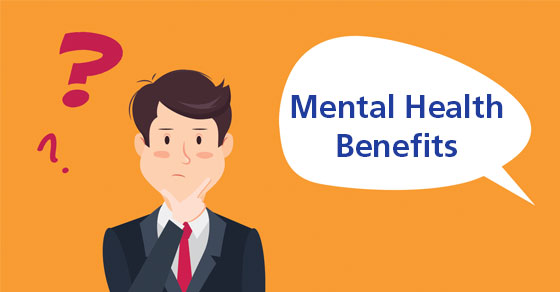The Affordable Care Act generally requires mental health coverage to be included in employer health insurance plans. However, many employers offer additional benefits to help employees manage their mental health. If your organization has done so, it may be at risk of getting an inadequate return on investment. Why? Because many employees may not be fully aware of these benefits.
In February, the National Alliance on Mental Illness, in cooperation with Ipsos, released the results of a poll of 2,000 adults in the United States. It found that only a little over half of respondents (53%) know how to access their employer-sponsored mental health benefits. And about a quarter (26%) don’t know whether their employers offer mental health benefits at all.
Let’s look at two examples of how employers can effectively communicate about mental health benefits.
1. Employee assistance programs
Although employer-sponsored health insurance is the foundation of promoting employee wellness, many organizations now supplement it with an employee assistance program (EAP).
An EAP is a voluntary and confidential work-based intervention program designed to help employees and their dependents manage challenges to their mental health, emotional well-being and job performance. The cost varies based on employer size (larger organizations typically pay less per employee) and the scope of benefits provided. EAPs commonly feature such services as therapy, financial counseling and substance abuse support.
Communication strategy: When introducing an EAP, convey that it’s a major benefit. Hold an organization-wide meeting and department-specific training. Once it’s in place, integrate information about your EAP into key organizational channels. These include benefits-related emails, team meetings and your internal website. Emphasize that your EAP is discrete and easy to use.
2. Access to an app
Many employers are bulk-purchasing employee subscriptions to mobile apps that help users:
- Monitor their mental health,
- Engage in meditation,
- Focus better while working,
- Get motivated to move and track their exercise, and
- Improve sleep habits.
There are various products to choose from and a cost-to-benefit ratio to consider. If nothing else, providing employees with an app can serve as a good “icebreaker” about mental health and show that you care.
Communication strategy: Make a big announcement when you roll out the app. Emphasize to employees that it’s a free, fun benefit they can put on their phones and use to their heart’s content. Issue regular reminders to download and use the app.
To take things to the next level, organize games that users can participate in, sometimes by forming teams. One common example is a “step challenge,” where participants track their steps to get more exercise and win prizes or recognition.
Critical issue
Employers have come to recognize that employees’ mental health is a critical issue that can’t be ignored. It plays directly into hiring, retention and productivity. Contact us for help analyzing the costs and rewards of any fringe benefit you’re sponsoring or considering, including those related to mental health.
© 2025
